Native Son: September 2014
by Steven Chamblee
A Texan Travels to Pittsburgh
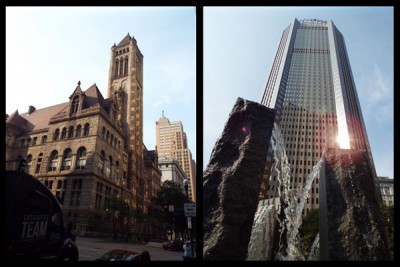
Downtown Pittsburgh blends historic and modern architecture into an adventure for the senses, by day or night. All photos courtesy of Steven Chamblee.
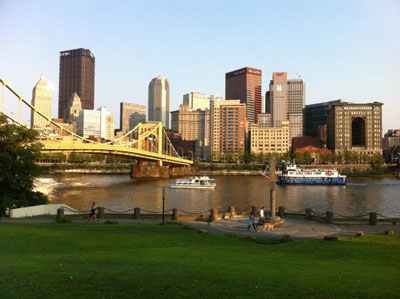

As my plane descends through dark clouds into southwestern Pennsylvania, I cannot imagine any place that seems so far removed from Texas. Dark green mountains roll along endlessly, interrupted only by velvet-green meadows and big rivers, swollen wide and running deep. No water shortage here, and the thermometer strains to reach 75 degrees. I am here to attend a Garden Writers meeting and discover Pittsburgh for the first time, and though my imagination had conjured up a bleak tableau of smog and soot, my eyes behold a city that has scrubbed off its industrial grime and is ready to enjoy the fruits of all that hard labor.
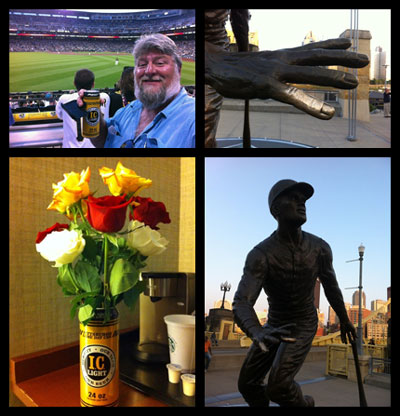
Left: Steven takes in a Pirates game, then recycles his beer can. Right: The Roberto Clemente statue, with polished pinkie finger, courtesy of fans who rub it to pay homage to one of baseball’s finest.
The shuttle driver quickly catches my accent and cheerfully asks me, “Cowboys or Texans?” I emit a low groan of internal pain and suffering. He smiles and says, “Yeah, we got problems, too.” My mind ricochets around for a moment before my mouth blurts out, “Roberto Clemente was my childhood hero.” Without missing a beat, the driver says, “I would hug you right now, but I’m trying to drive this thing.” We share a loud laugh as the other passengers exchange concerned glances. Quick as a wink, I feel right at home.

Left: Butterfly weed. Right: Black-eyed Susan and partridge pea.
The formal gardens of Pittsburgh are much different from those in Texas, quaint plots of earth with close-cropped yew hedges, billowing hydrangeas, shaggy lilacs, and cascading Japanese maples in full sun. Crape myrtles, cenizos, yuccas, and those love-to-hate-‘em red-tip photinias cannot be found. But as I explore the roadsides and natural areas, I see many familiar friends … close relatives, actually. Butterfly weed, ironweed, goldenrod, black-eyed Susan, oak, and sumac are everywhere, but different species than in North Central Texas. It’s like looking at someone’s cousin — a whole lot of similarities, but a few distinct differences. And like people, the visible differences tell only part of the story. It’s what’s inside that truly counts.
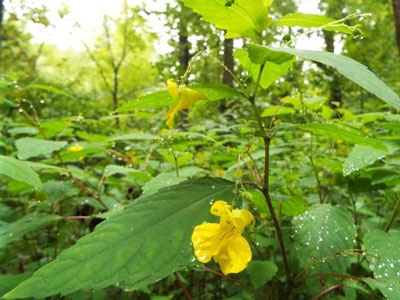
A native impatiens called jewelweed.
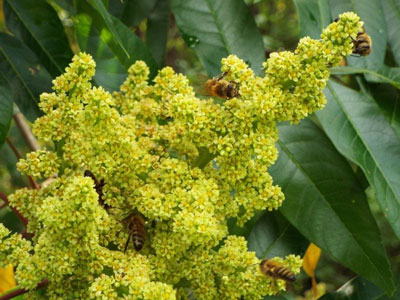
Honeybees pollinating native sumac.
The species that inhabit this area are adapted to lots of moisture and winters cold enough to freeze a cowboy to a fencepost. Their Texas counterparts have adapted well to much drier, more alkaline soils and summers hot enough to make a steelworker melt. And while they have their differences, each performs an essential function in its own community. Each one is perfect in its own way. What they have in common is much more important than the differences that allow them to thrive where they live.
I think about that shuttle driver and me. We look, sound, and act a little different, but we’re both just doing the best we can with what God gave us. And that, 1300 miles from home, makes me proud to be an American.
Note from Steven: I thought I’d let the photos do the talking and share just a few of the sights that I got to see as part of the Garden Writers Association Annual Conference in Pittsburgh.
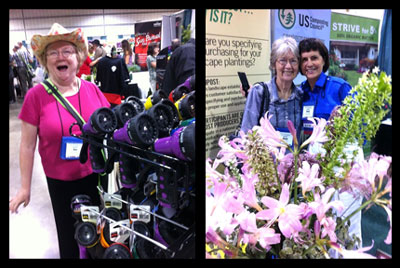
Left: Texas herb expert Ann McCormick is caught by surprise at the GWA trade show. Right: Texas garden writer Diane Morey Sitton poses with Virginia bulb queen Becky Heath, of Brent and Becky’s Bulbs. Both Ann and Diane are regular writers for Neil Sperry’s GARDENS Magazine.

The Garden Writers trade show showcases new trends in plants and products, like new succulent varieties and this lithium battery-powered chainsaw.
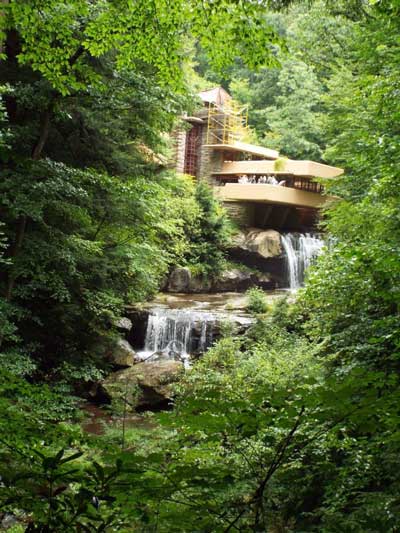
The iconic Fallingwater home by Frank Lloyd Wright. (Scaffolding is in place for roof repair.)
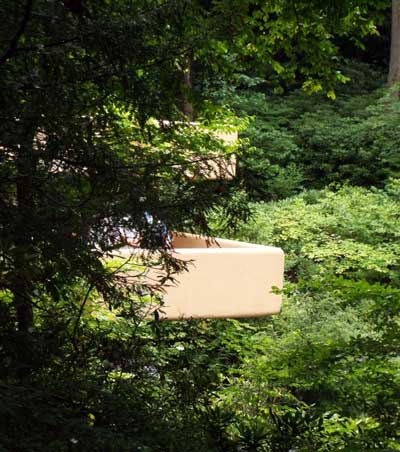
Fallingwater home by Frank Lloyd Wright.
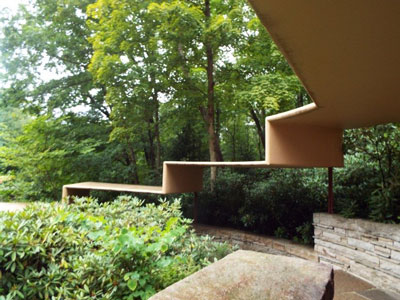
Fallingwater home by Frank Lloyd Wright.
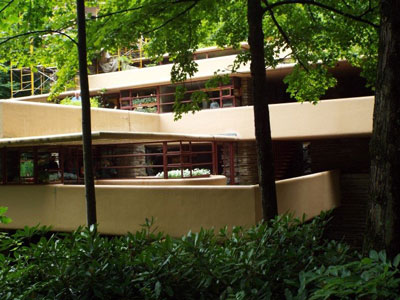
Fallingwater home by Frank Lloyd Wright.
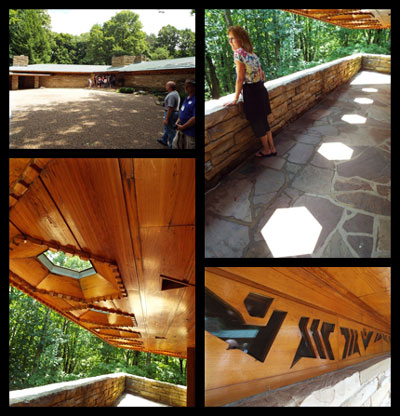
The lesser known Wright-designed home, Kentuck Knob, which features an outdoor sculpture collection, including these two pieces by Irish artist Andy Goldsworthy.
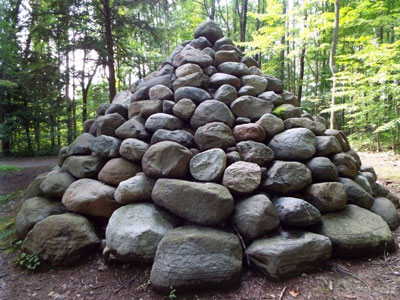
By Irish artist Andy Goldsworthy.

By Irish artist Andy Goldsworthy.
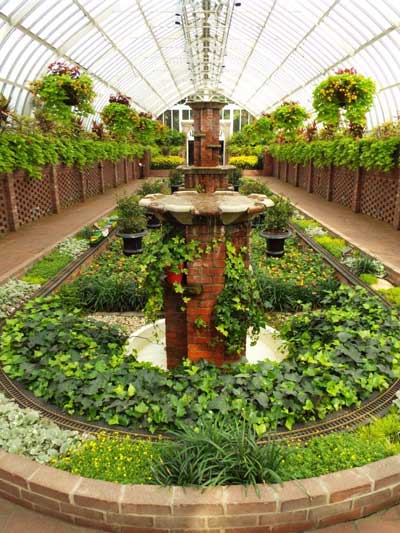
Pittsburgh’s Phipp’s Conservatory is simply amazing!
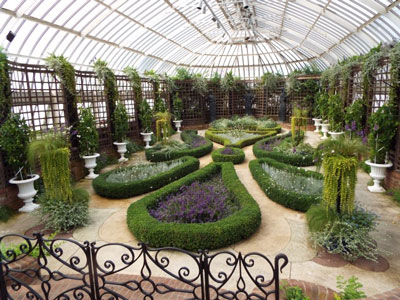
Pittsburgh’s Phipp’s Conservatory
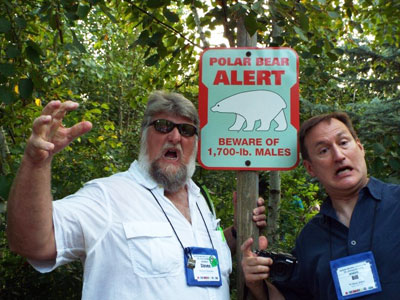
The Pittsburgh Zoo features all sorts of creatures.
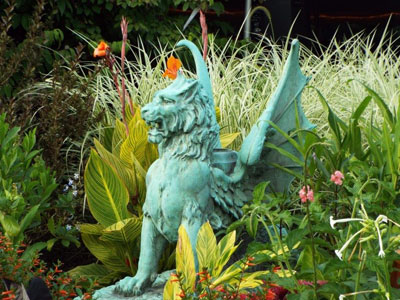
Pittsburgh Zoo
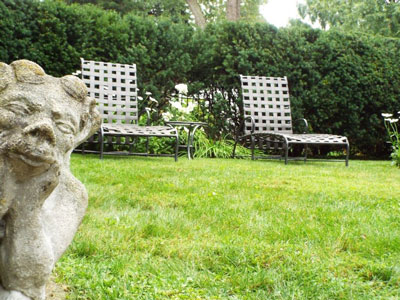
Photobomb by a friendly garden gargoyle!
Come out and breathe in the beauty of a Texas summer at Chandor Gardens! Go to www.chandorgardens.com for details. Just take I-20 west to exit 409, hang a right, go 2.1 miles and hang a left on Lee Avenue. Head straight 12 blocks and you’re driving in the gates. Call 817-361-1700 for more information.
I can always use another road trip! Let me know if you’d like me to come out and speak to your group sometime. I’m low-maintenance, flexible, and you know I like to go just about anywhere. No city too big; no town too small. Just send me an e-mail at stevenchamblee@yahoo.com and we’ll work something out.

